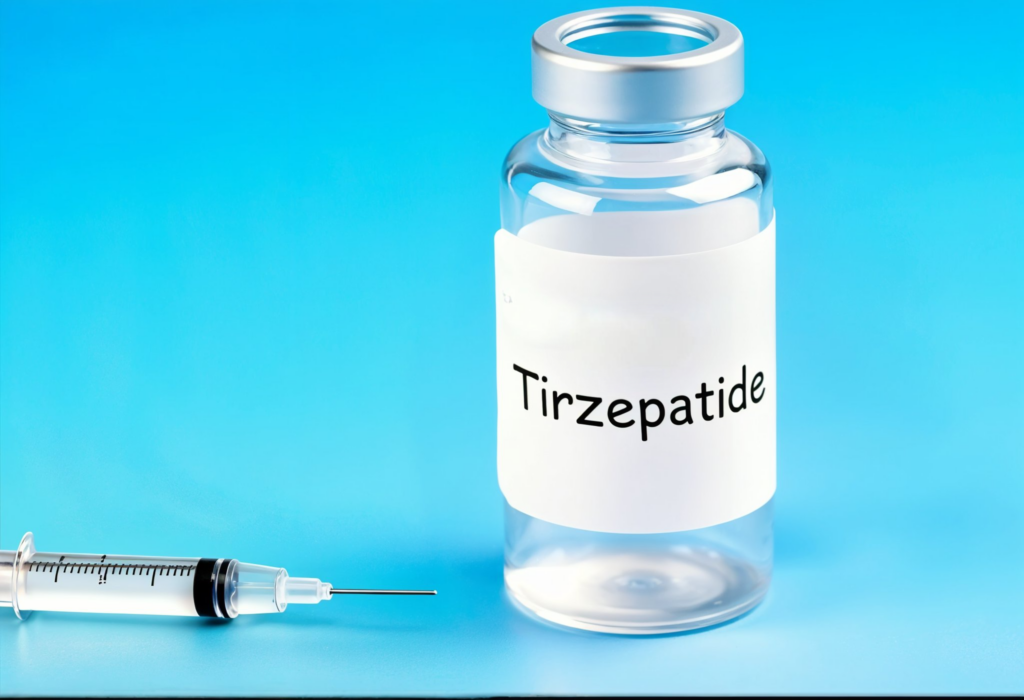What Is Compounded Semaglutide? Everything You Need to Know Before You Order Online

But really, what is compounded semaglutide? Is it safe? How is it different from the original brands like Ozempic? And can you get it online? Let’s break it down and give you everything you need to know before making a decision for your health. In the world of modern weight loss and diabetes management, one […]
How to Manage Menopause Weight Gain: What You Need To Do

Menopause is a natural life transition, but let’s face it—how to manage menopause weight gain is one of the most common (and frustrating) challenges women face during this time. You’re not alone if you’ve noticed the number on the scale creeping up, especially around your stomach, even though your eating habits haven’t changed. The good […]
Compounded Semaglutide: A Breakthrough in Men’s Weight Loss

Compounded Semaglutide: A Breakthrough in Men’s Weight Loss Psychologically and physically, weight loss for almost all men is invariably an uphill battle due to work pressure, family needs, and personal health. For most of these men, it’s a whole lot of failed diets, intermittent gym sessions, and next-to-no results. This situation is especially true for […]
Attaining Healthy Weight with Compounded Tirzepatide

Attaining Healthy Weight with Compounded Tirzepatide When he reached the age of 41, Michael, by virtue of his positioning as a marketing executive, began to observe the gradual buildup of weight towards the 230-pound mark. He went through every trend in the book of regimens: juice cleanses, fad diets, and even hiring a personal trainer. […]
9 Top Fruits for Weight Loss with Compounded Semaglutide

9 Top Fruits for Weight Loss with Compounded Semaglutide Most individuals wrongly assume that fruit needs to be eliminated in order to lose weight because of its natural sugars. Fruit, however, is full of fiber, water, and nutrients, and it is an important component of a weight management regimen. Not only is fruit generally low […]
5 Foods to Avoid When Taking Compounded Tirzepatide

5 Foods to Avoid When Taking Compounded Tirzepatide Compounded Tirzepatide or Monjaro has been recognized as a potent injectable drug for controlling Type 2 diabetes. It functions by controlling blood sugar levels and inducing weight loss. But, as with any drug, it has some side effects, mainly gastrointestinal discomfort like nausea, diarrhea, and abdominal pain. […]
6 Science-Backed Ways Compounded Tirzepatide Works for You

6 Science-Backed Ways Compounded Tirzepatide Works for You Compounded Tirzepatide is revolutionizing the management of Type 2 diabetes and weight loss through its unique dual-action mechanism. This once-weekly injectable medication functions by mimicking two essential gut hormones that regulate blood sugar levels, digestion, and appetite. As a dual glucose-dependent insulinotropic polypeptide (GIP) and glucagon-like peptide-1 […]
Ozempic vs. Metformin: What Works Best for You?

Ozempic vs. Metformin: What Works Best for You? Managing Type 2 diabetes effectively often requires a combination of medication and lifestyle adjustments. Among the most commonly prescribed medications for this condition are Ozempic and Metformin. While both help regulate blood sugar levels, their mechanisms, benefits, and potential side effects differ significantly. If you’re considering “Ozempic […]
Missed a Dose of GLP-1 Medication – Compounded Semaglutide?

What Happens When You Missed a Dose (or More) of Your GLP-1 Medication? For those using GLP-1 receptor agonists to aid in weight management, consistency is key. However, life happens—travel, shortages, or simple forgetfulness can lead to missed doses. If you find yourself in this situation, knowing how to safely resume your medication, including Compounded […]
What Could Be Causing Your Weight Gain? Treat with Compounded Semaglutide

What Could Be Causing Your Weight Gain? Treat with Compounded Semaglutide Have you been diligently watching your diet and hitting the gym, only to find your clothes fitting tighter with each passing day? It’s a frustrating experience, and it’s one that many people face. But if you’re putting on weight despite your best efforts, there might […]
